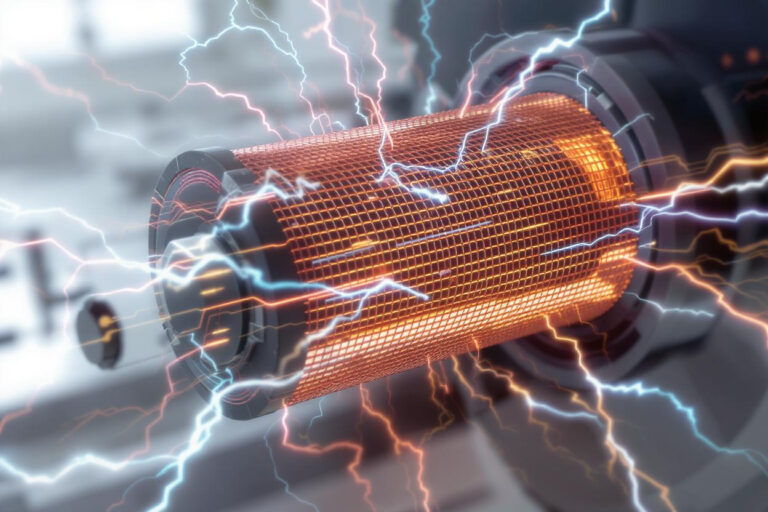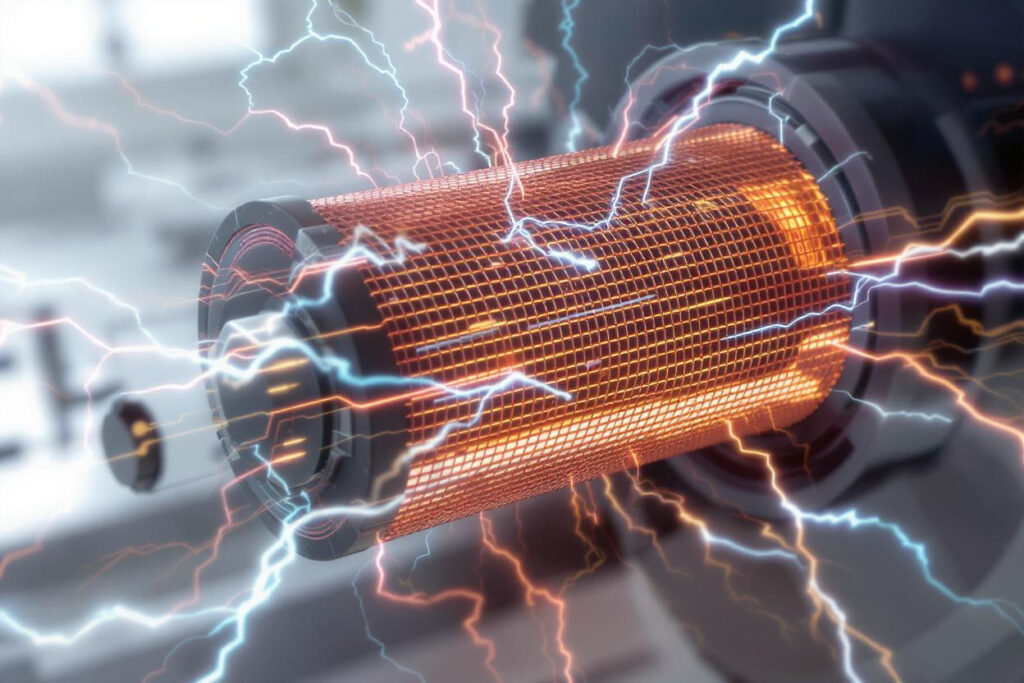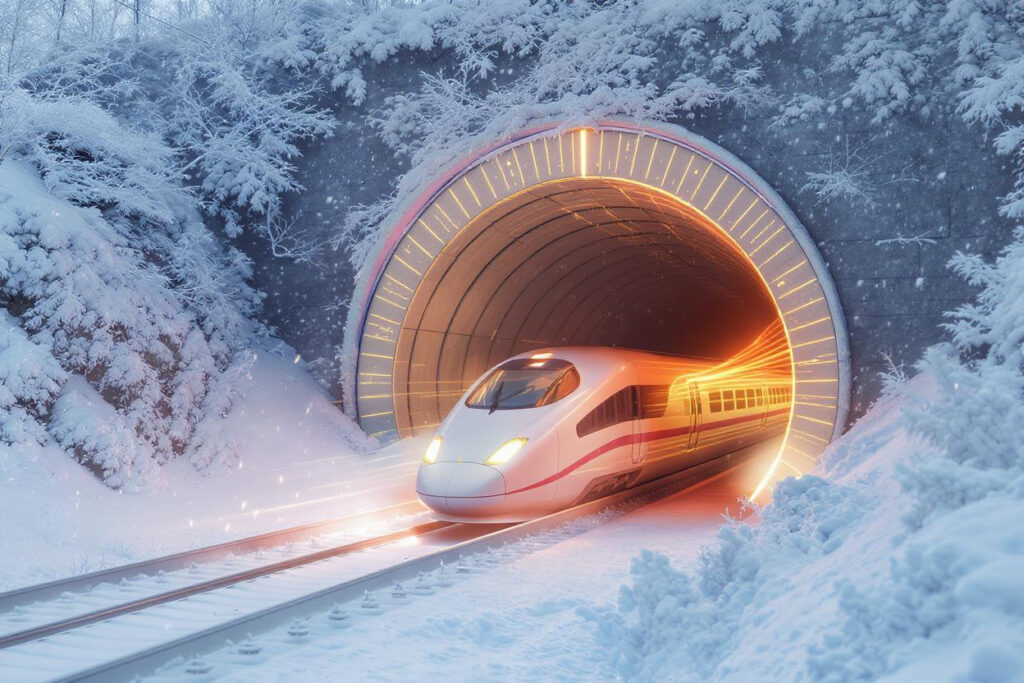A Breakthrough in Pavement Engineering
In the quest for more durable, cost-effective, and climate-resilient roads, engineers may have found their secret weapon: L-shaped steel fibers. These geometrically optimized reinforcements are outperforming both conventional and straight fiber-enhanced asphalt mixtures.
Recent studies show that L-shaped steel fiber reinforced asphalt mixtures deliver significant gains in rutting resistance, freeze–thaw durability, water stability, and compressive strength—making them ideal for high-traffic and extreme-weather applications.
The Science Behind the Shape
What makes the L-shape so effective?
These fibers create mechanical interlocks within the asphalt, improving stress distribution and bond strength. Unlike straight fibers, which rely mostly on friction and bonding, L-shaped fibers resist pull-out and form a dense network within the mixture.
At just a 2% dosage, asphalt mixtures achieved peak performance with:
- Approximately 12% reduction in rutting depth
- 20% improvement in crack resistance at low temperatures
- Nearly 94% residual strength after water immersion
- Over 30% improvement in freeze–thaw strength
- 17.8% higher compressive strength compared to control
Test results also showed less variability, confirming even fiber distribution and consistent reinforcement throughout the material.
Why It Matters
As infrastructure faces increasing stress from traffic loads and climate shifts, materials need to do more. This research offers a clear path toward stronger, more reliable pavements using a practical modification to existing materials.
Shifting to L-shaped fibers provides longer service life, reduced maintenance, and enhanced durability—without a major overhaul of construction processes.
What’s Next?
With 2% as the optimal content, these fibers are ready for real-world implementation. Further studies may explore even more efficient fiber geometries, but this advancement sets a strong foundation for the next generation of road materials.
Check out the cool NewsWade YouTube video about this article!
Article derived from: ang, Q., Yin, W., Cheng, J., Li, Y., Zhou, Y., Chen, K., & Li, Y. (2025). Application of L-Shaped Zigzag Steel Fibers with Different Parameters in Asphalt Mixtures. Fibers, 13(6), 71. https://doi.org/10.3390/fib13060071
















